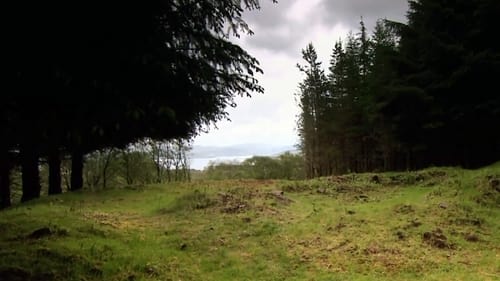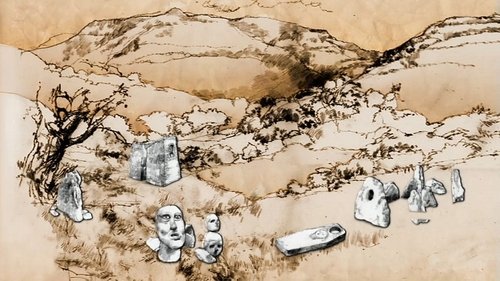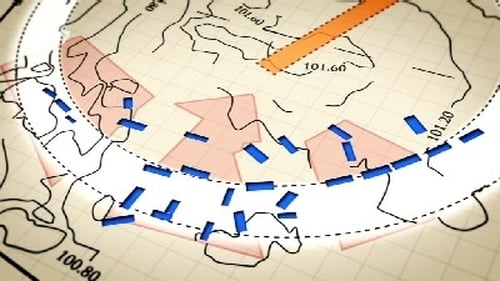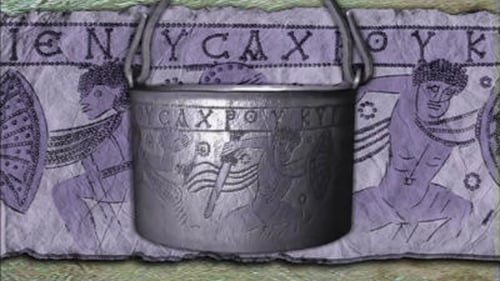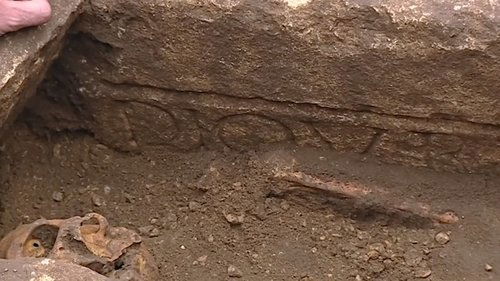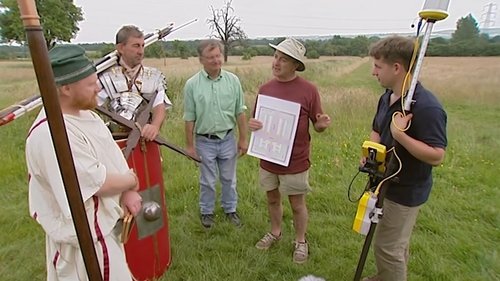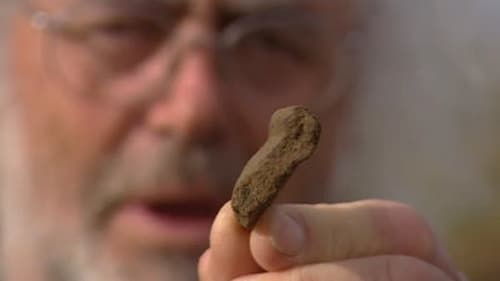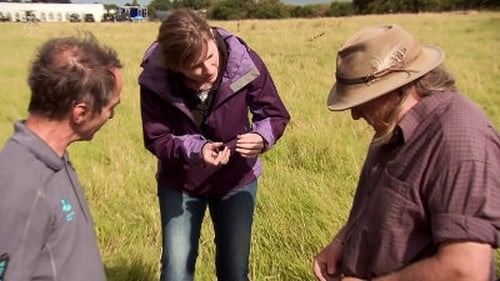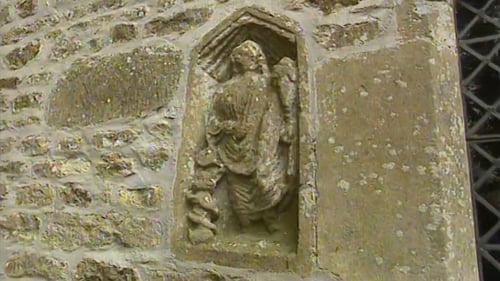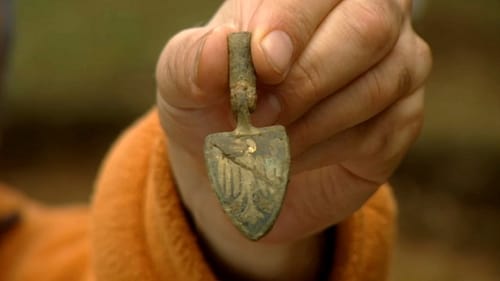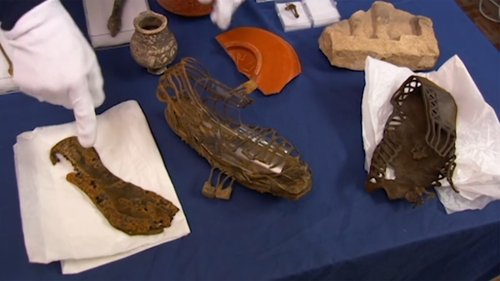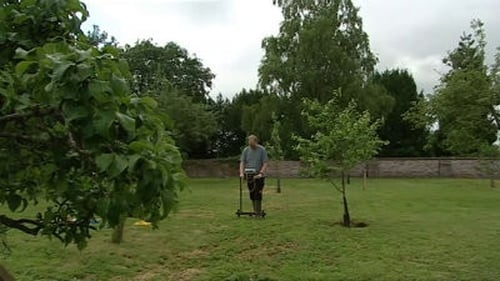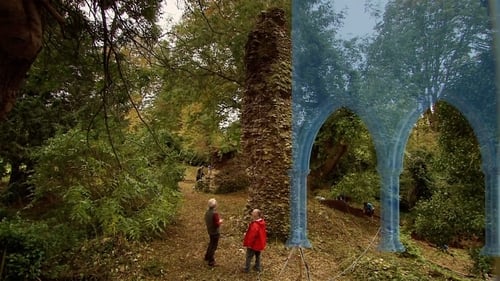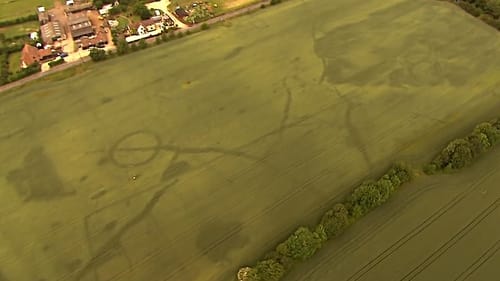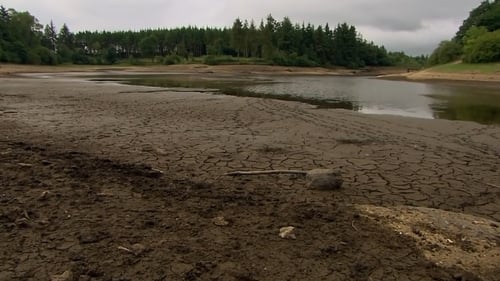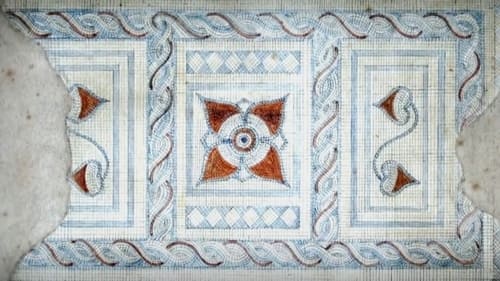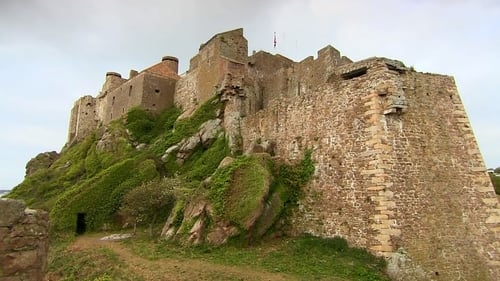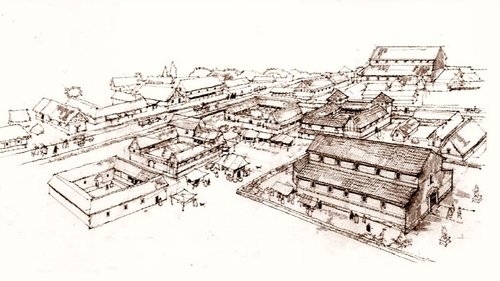 8.5/10(35 votes)
8.5/10(35 votes)#9 - The Mosaic at the Bottom of the Garden - Cirencester, Gloucestershire
S7:E20 CommentsBe first to comment!Be the first to share your thoughts
Start!Be the first to comment!Be the first to share your thoughts about this episode
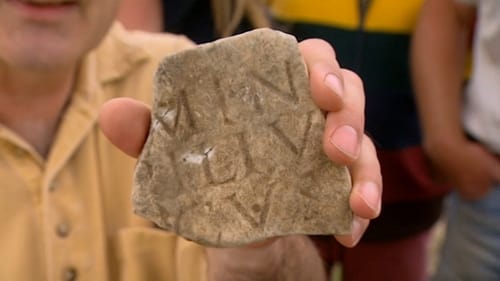 8.5/10(29 votes)
8.5/10(29 votes)#10 - A Roman Temple in Sight of the Millennium Dome - Greenwich Park, London
S7:E110 CommentsBe first to comment!Be the first to share your thoughts
Start!Be the first to comment!Be the first to share your thoughts about this episode
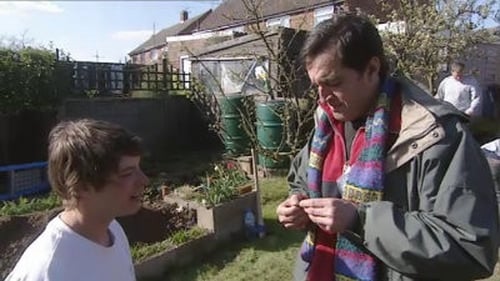 8.4/10(24 votes)
8.4/10(24 votes)#17 - Back-Garden Archaeology: Revisiting a Roman Villa - Ipswich, Suffolk
S11:E110 CommentsBe first to comment!Be the first to share your thoughts
Start!Be the first to comment!Be the first to share your thoughts about this episode

DocumentaryMystery

The Best Episodes of Time Team
Every episode of Time Team ranked from best to worst. Let's dive into the Best Episodes of Time Team!

The Best Episodes of Time Team
DocumentaryMystery
Every episode of Time Team ranked from best to worst. Let's dive into the Best Episodes of Time Team!
Time Team is a British television series which has been aired on British Channel 4 from 1994. Created by television producer Tim Taylor and presented...
Seasons21
READ
Best Episodes Summary
"A Saintly Site - Isle of Mull, Inner Hebrides" is the best rated episode of "Time Team". It scored 9/10 based on 31 votes. Directed by Unknown and written by Unknown, it aired on 4/25/2010. This episode scored 0.1 points higher than the second highest rated, "The Celtic Spring - Llygadwy, Powys".
